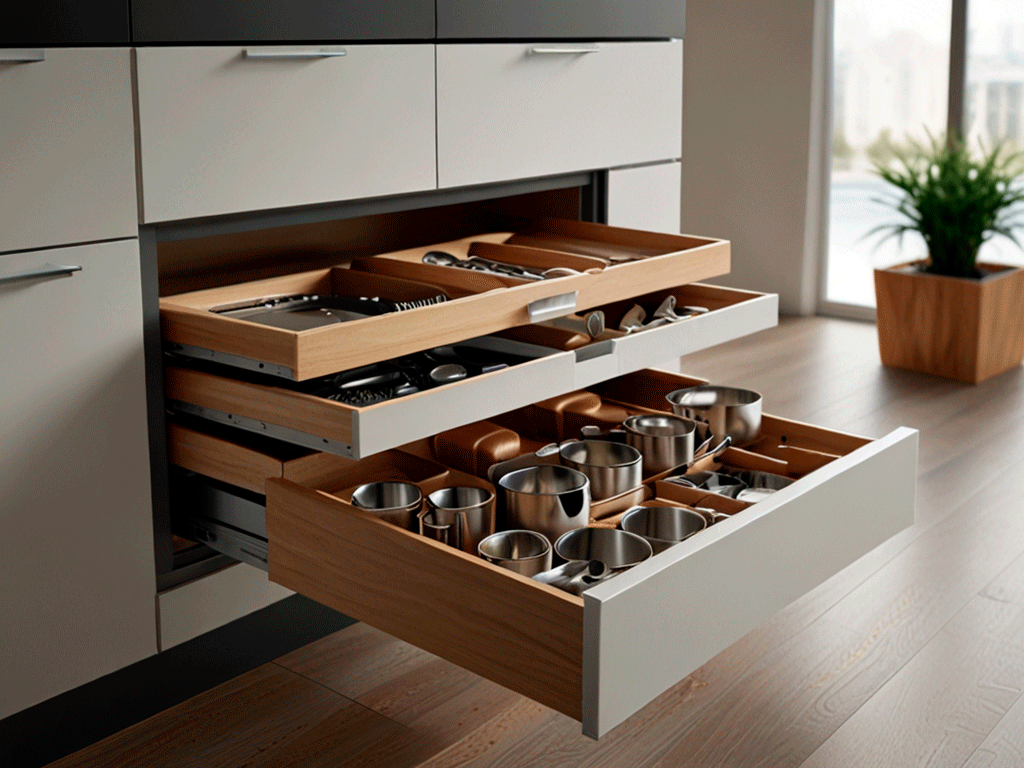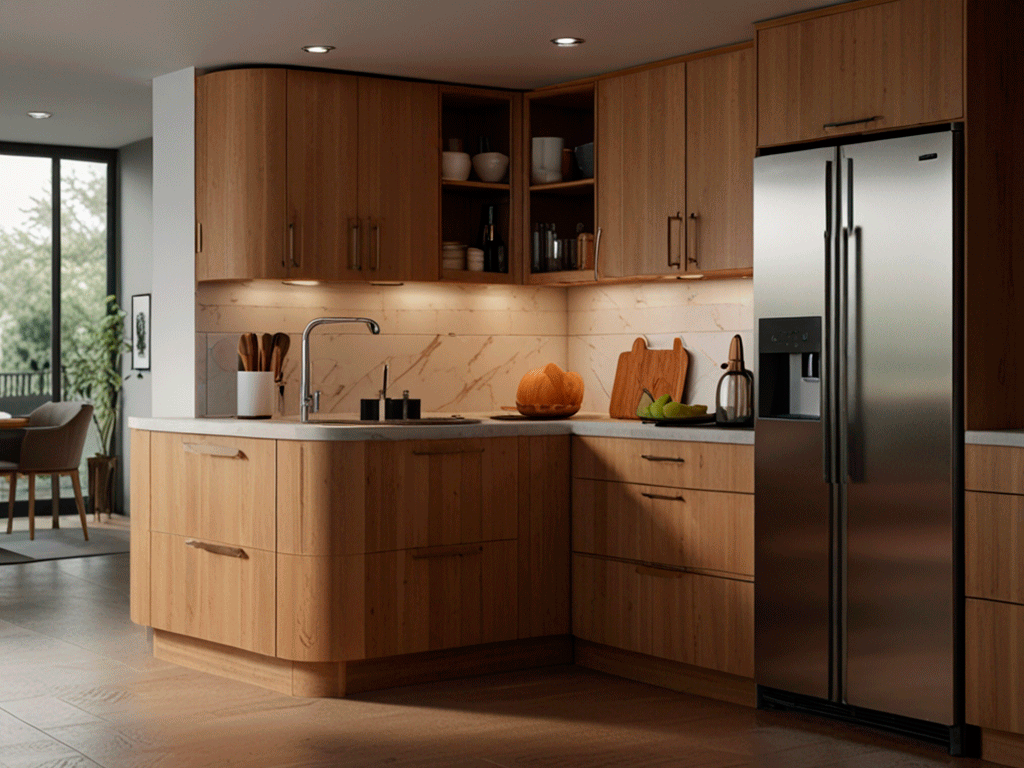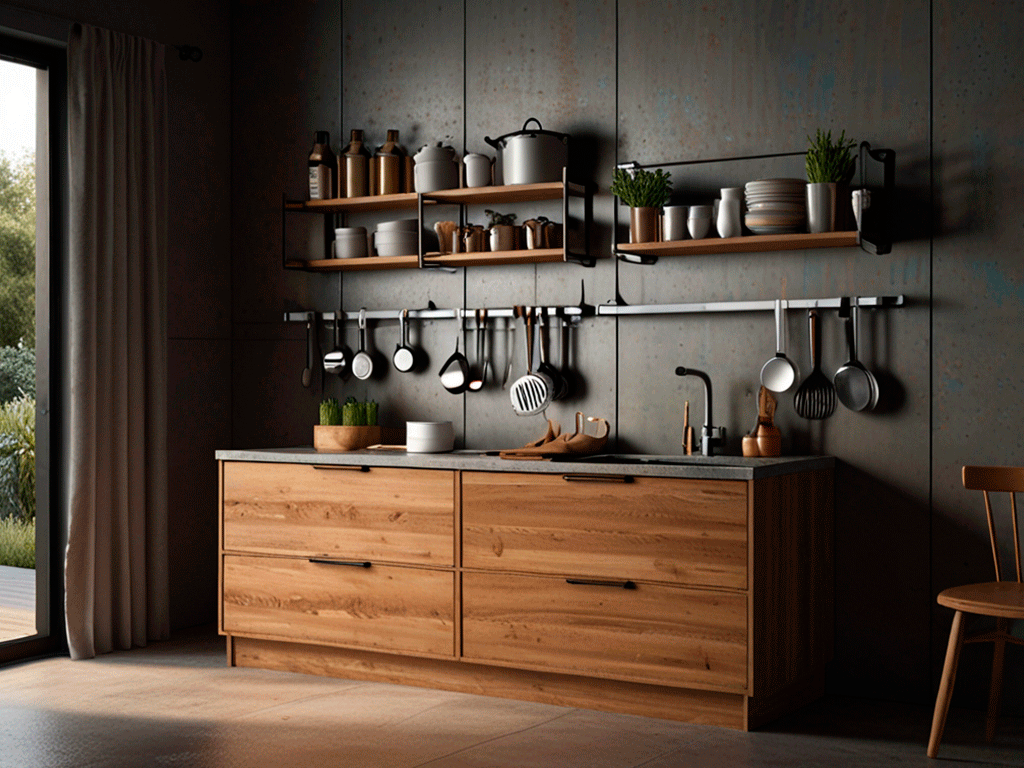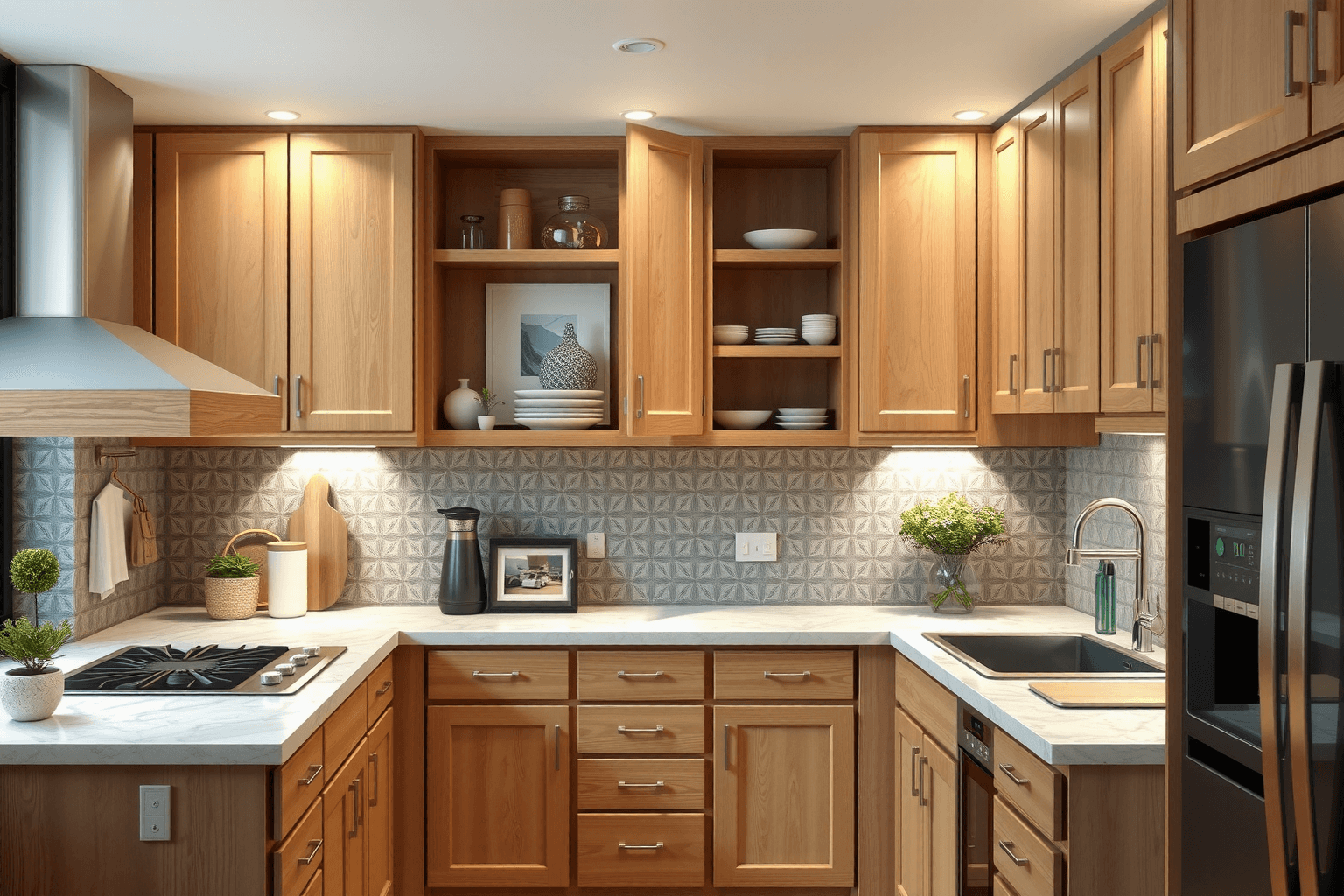Table of Contents
Small kitchens have taught me one thing: organization is everything. Without it, even the most stylish kitchen can feel like a cramped mess. That’s why smart storage solutions—especially when it comes to cupboards—aren’t just helpful, they’re essential. Finding ways to make every inch count completely transforms how a small kitchen functions.
One of the biggest struggles for people with small kitchens is keeping their cupboards organized. It can be hard to make the most out of the limited spaces while simultaneously making sure there’s enough room for all the necessary tools and utensils. Without proper organization, it’s easy for smaller kitchens to become cluttered and feel cramped. So, what’s the solution? Finding smart storage solutions that help make the most out of your space.
Kitchen cupboards are an essential part of any kitchen and can be incredibly useful when organized properly. Not only do they provide a place to store dishes, pots, pans, and other kitchen essentials, but they also help keep clutter off of the counters.
What to Consider When Designing Your Kitchen for Smaller Spaces
When designing a kitchen for smaller spaces, there are a few things to consider to make sure you have a functional and attractive kitchen:
Optimizing cabinet space:
Look for cabinets that offer plenty of storage space while taking up as little floor space as possible. There are a number of different cabinet options available, from standard cupboards and drawers to pull-out pantries and corner cabinets. Look for one or two full-height cabinets for larger items and smaller cabinets or drawers to store dishes, utensils, and smaller kitchen essentials. When optimizing cabinet space, consider the internal organization. Adjustable shelving allows for customization, accommodating items of various sizes. Pull-out drawers and shelves maximize accessibility, preventing items from being lost in the back of cabinets. Utilize vertical space within cabinets with tiered organizers and shelf risers. For narrow spaces, consider slim pull-out storage units. Integrating lighting within cabinets enhances visibility, making it easier to locate items.
Utilizing vertical space:
To make the most out of a smaller kitchen, don’t be afraid to use every inch of available space. Consider installing a wall-mounted shelf to store pots and pans or adding a standing pantry to store canned goods. A baker’s rack can also be a great addition to small kitchens as it offers plenty of vertical storage.
Utilizing vertical space involves maximizing wall storage. Magnetic knife strips, pegboards, and wall-mounted spice racks free up counter and drawer space. Floating shelves can store frequently used items within reach. Consider installing hooks under upper cabinets for hanging mugs or utensils. Maximize the space above cabinets with shelving for less frequently used items. Use the backsplash area for storage with rail systems and hanging organizers.
Using modular furniture:
Where space is limited, a modular furniture can be a great option. These pieces can be arranged to fit the space and can also be moved and reconfigured if needed. Look for modular units that can be combined to create a custom storage solution.
Modular furniture offers flexibility and adaptability. Rolling kitchen carts provide extra workspace and storage, moving as needed. Stackable storage units, folding tables, and nesting stools save space when not in use. Consider furniture with built-in storage, such as benches with drawers or kitchen islands with shelves. Modular shelving systems allow for customizable storage configurations. Opt for pieces with casters for easy mobility
Types of Cupboards for Small Kitchens
There are a number of different types of cupboards for small kitchens that can help you make the most of your space. Here are a few options to consider:
Tall cabinets:
Tall cabinets are great for storage and are perfect for storing larger items, such as baking pans and small kitchen appliances. Look for cabinets with adjustable shelves to make sure you can customize the storage space to fit your needs. Tall, narrow cabinets are ideal for storing brooms, mops, and ironing boards, keeping them out of the way. Full-height pantry cabinets maximize vertical storage for food and supplies. Ensure tall cabinets have adjustable shelves for flexible storage solutions.
Pull-out drawers:
Pull-out drawers are a great option for storing kitchen tools and utensils. These drawers offer plenty of storage space and are easy to access. Look for drawers that include dividers or organizers to help keep things organized.

Pull-out drawers provide easy access to items stored at the back of cabinets. Integrated drawer dividers and organizers keep utensils and tools neatly arranged. Soft-close mechanisms enhance convenience and prevent slamming. Consider tiered drawer inserts for maximizing vertical space within drawers.
Corner cabinets:
Corner cabinets are a great way to utilize every inch of available space. These cabinets can be designed to fit the space and can be customized with shelves and organizers to maximize storage. Lazy Susans or rotating shelves maximize accessibility in corner cabinets. Pull-out shelves or drawers in corner cabinets bring items within reach. Consider installing angled shelves or drawers to utilize the full depth of corner cabinets.

Pantry cabinets:
Pantry cabinets are great for storing food and can be used to store canned and dry goods. Look for cabinets with vertical dividers to help keep items organized. Pantry cabinets with adjustable shelves and vertical dividers optimize food storage. Clear, stackable containers maximize visibility and keep food fresh. Labeling containers helps maintain organization. Consider using shelf risers to create additional vertical storage within pantry cabinets.
Organizational Tips for Small Kitchens
Once you have the necessary cabinets installed, it’s important to make sure things stay organized. Here are a few organizational tips to help keep your small kitchen tidy:
Purge regularly:
It’s easy for small kitchens to become cluttered, so it’s important to regularly go through and get rid of items that are no longer used. Purging regularly can help make sure that the essentials stay organized without taking up too much space.
Regularly decluttering minimizes unnecessary items and maximizes available space. Implement a ‘one in, one out’ policy to prevent clutter buildup. Donate or sell unused items. Organize items by frequency of use, keeping frequently used items within easy reach.
Use wall-mounted organizers:
Wall-mounted organizers are a great way to make the most of available space. Look for organizers that can be easily installed on the wall to store pots and pans, kitchen utensils, and other kitchen essentials. Wall-mounted magnetic strips for knives, hooks for utensils, and shelves for spices free up counter space. Install organizers on the inside of cabinet doors for spices, lids, and cleaning supplies. Use rail systems with hanging baskets for storing frequently used items.

Add drawer organizers:
Drawer organizers can help keep cabinets and drawers organized. Look for dividers and organizers that can be easily added to drawers to help keep kitchen tools and utensils neatly stored. Adjustable drawer dividers create custom compartments for utensils and tools. Drawer liners prevent items from sliding and protect drawer surfaces. Use stackable storage bins within drawers for small items.
Use clear containers:
Clear containers can be a great addition to small kitchens. These containers can be used to store food and other items and make it easy to see what’s inside. Look for containers with air-tight lids to make sure foods stay fresher longer. Clear, stackable containers maximize visibility and keep pantry items organized. Use clear bins for storing produce in the refrigerator. Label containers for easy identification. Airtight lids maintain food freshness and prevent spills.
The Bottom Line
For those with small kitchens, finding the right kitchen cupboards can help make a big difference. It’s important to look for cabinets that offer plenty of storage while taking up as little floor space as possible. Once the necessary cabinets are installed, it’s important to make sure things stay organized.
